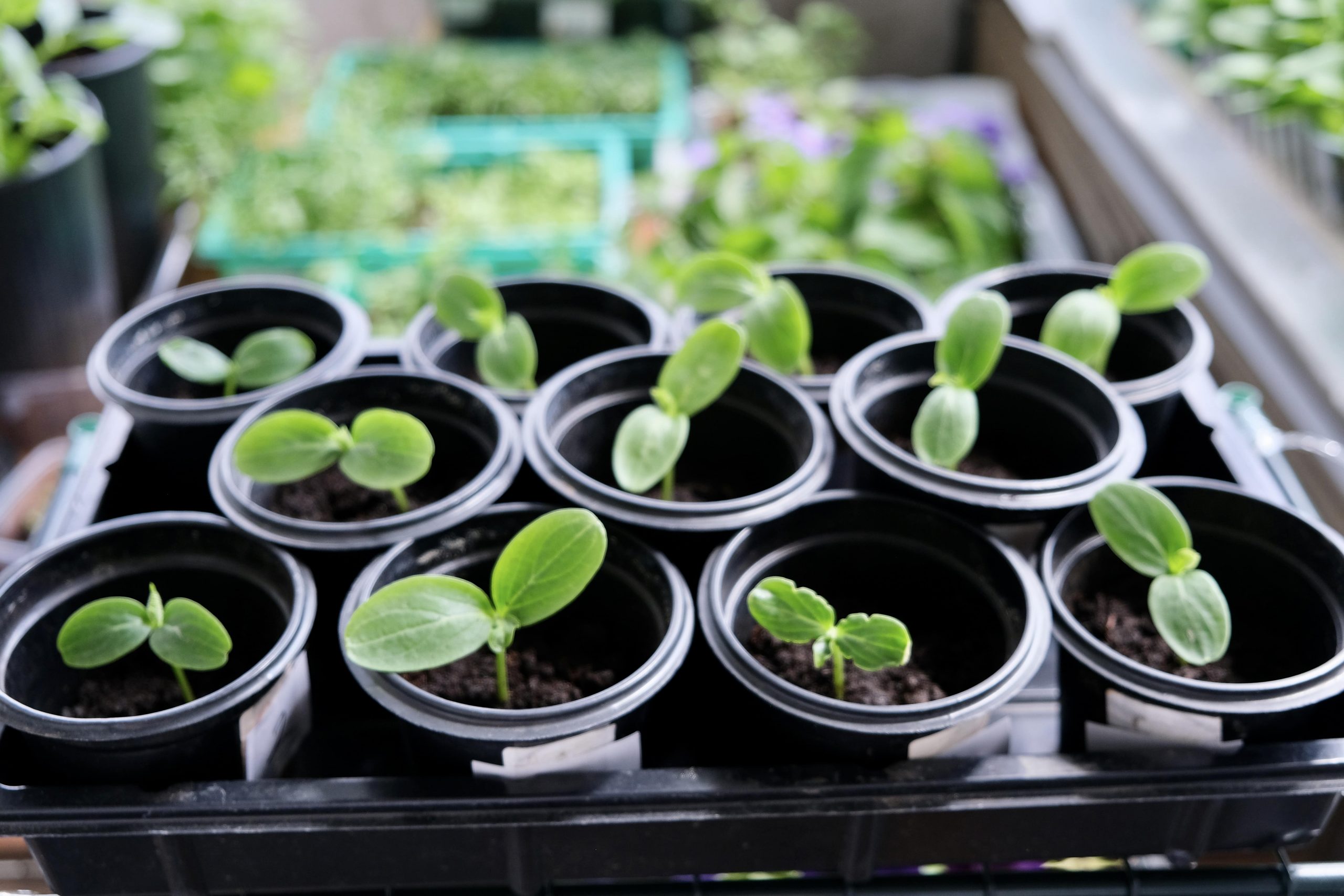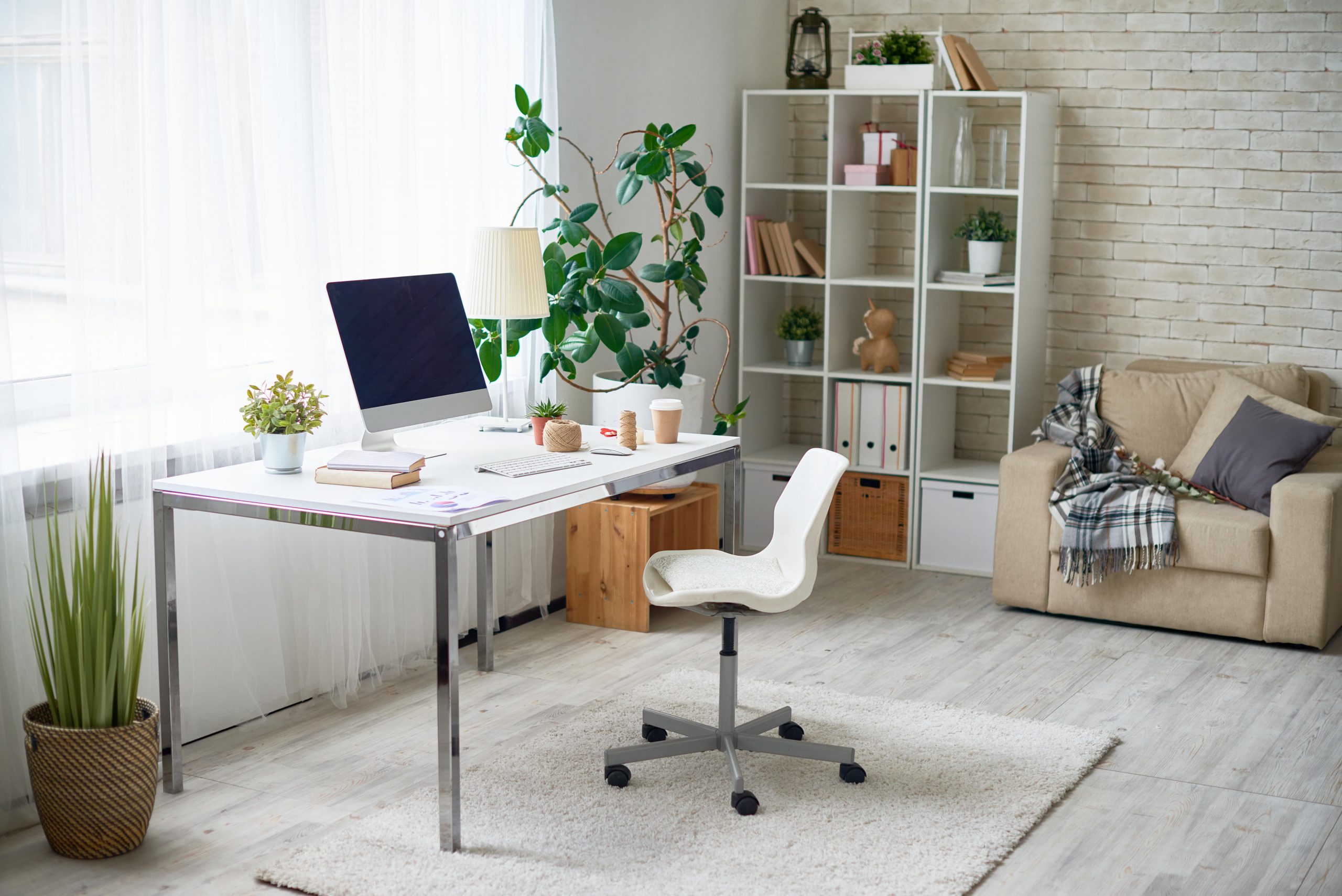Are you searching for a way to de-stress or reduce food waste? Gardening can be an ideal hobby. But if you don’t know where to begin or lack space for an outdoor garden, growing plants indoors is entirely possible!
Indoor gardening offers numerous advantages, such as growing herbs and vegetables year-round without worrying about frost dates. Plus, houseplants have numerous health benefits that you can reap from them such as purifying the air in your home and reducing toxins.
Indoor gardening can be done with a range of leafy greens and aromatic herbs as well as vegetables like kale, Swiss chard and spinach. You may also grow and harvest flowers such as Peace Lily or Gerber daisy to add beauty to your space.
How to Grow an Indoor Garden
When planting indoors, it’s essential that you consider each plant’s specific growing requirements. Some require sun while others thrive in low light levels. You may want to invest in grow lights for larger plants so they receive more direct illumination.
How to Water Your Indoor Garden
Some indoor plants and vegetables need regular irrigation, while others can survive with less frequent drips from their containers. When watering, use only a small amount and stick your finger into the soil to check its moisture level at around an inch depth.
Maintaining humidity levels in your garden helps avoid fungal disease and other issues that could harm your plants. You can do this by running a room dehumidifier or running an entire home humidifier. Alternatively, place several plants together and fill a tray with water and lava rocks to increase surface area for evaporation.
When watering your plants, be sure not to overwater; too much moisture can lead to root rot and even death. Depending on the species of plant, it may be beneficial to water from the bottom of the pot so that all areas have received sufficient moisture.
Once your indoor plants have established themselves, you may wish to supplement their growth needs with a specialized fertilizer tailored for fruit and vegetable cultivation. Doing this will guarantee an abundant harvest while keeping your plants healthy and contented.
What to Grow in Your Indoor Garden
Before you dive in to indoor gardening, do some research and determine which options best suit your space and objectives. Low maintenance plants such as scallion can easily be grown from seeds or scraps while others need more room such as corn or okra. Oregano and basil are popular herbs to try growing indoors too – oregano being one of them!
No matter what you choose to grow, the most essential thing is giving your plants the nutrients they require for optimal growth and health. You can purchase or use quality potting mix or garden soil that’s not too heavy and hasn’t previously been used for other crops. Additionally, adding a high-grade nutrient supplement into your water can help boost plants’ growth and health even further.


